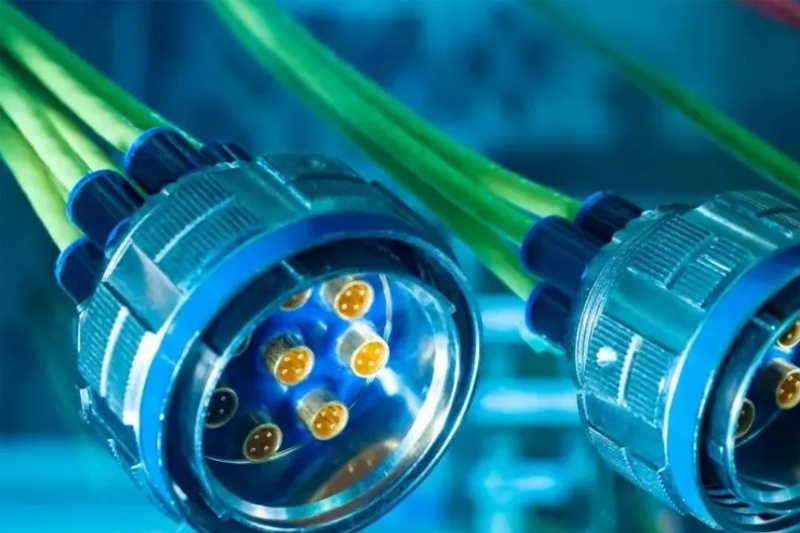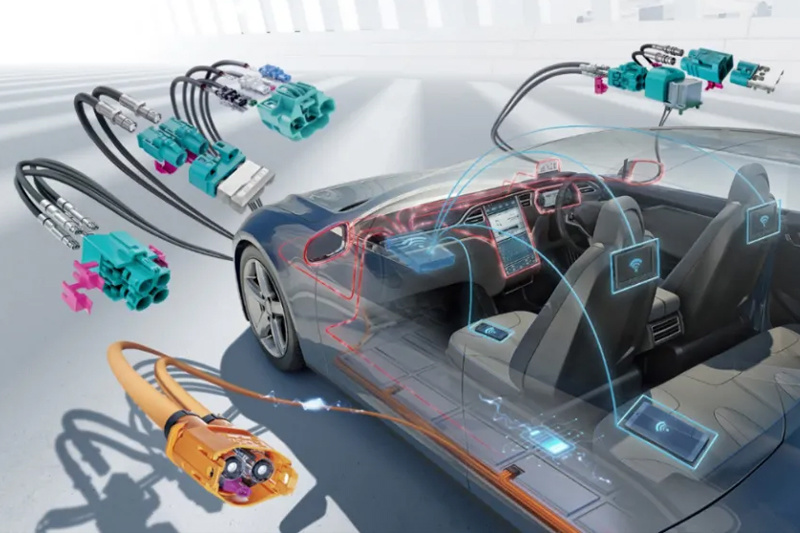Difference Between Cable and Wire
Release time:
2025-04-18
Cables and wires are the two main carriers for transmitting electrical energy, and they are widely used in daily life and industrial fields. Although they both play the role of transmitting electricity, there are obvious differences in structure, use, characteristics, etc.
Cables and wires are the two main carriers for transmitting electrical energy, and they are widely used in daily life and industrial fields. Although they both play the role of transmitting electricity, there are obvious differences in structure, use, characteristics, etc.
1. Structural differences between cables and wires
Cables are usually composed of multiple wires, with an insulation layer, a shielding layer and a protective sheath on the outside. The combination of these wires gives the cable a greater carrying capacity and stronger anti-interference. In contrast, the structure of wires is relatively simple, mainly consisting of conductors and insulation layers. It is mainly used for simple power transmission and signal transmission.
2. Differences in the use of cables and wires
Due to its strong carrying capacity and excellent stability, cables are widely used in power transmission between large equipment and buildings, such as urban power grids, industrial equipment, communication systems, etc. Wires are mainly used for power transmission and signal transmission of small equipment, such as household appliances, lighting systems, etc.
3. Differences in the characteristics of cables and wires
Cables have a large transmission capacity and high safety, and can withstand large currents and voltages. At the same time, it has good anti-interference and stability, and can resist external electromagnetic interference. Wires usually carry less current and voltage, and are mainly used for power supply and signal transmission of low-power devices. In addition, the insulation and protective layer design of the cable also makes it more durable and protective, and can resist external mechanical damage, water immersion, corrosion and other environmental factors. The performance of wires in these aspects is relatively poor.
In general, there are obvious differences between cables and wires in structure, use and characteristics. Cables are mainly used for power transmission between large equipment and buildings due to their strong carrying capacity and excellent stability; while wires are mainly used for power transmission and signal transmission of small equipment. Understanding these differences will help us choose the appropriate power transmission method according to actual conditions and ensure the safety and stability of the power system. In practical applications, we should make choices based on specific equipment requirements and environmental conditions, give full play to their respective advantages, and ensure the normal operation of the power system.
Previous page
Latest From the Blog




